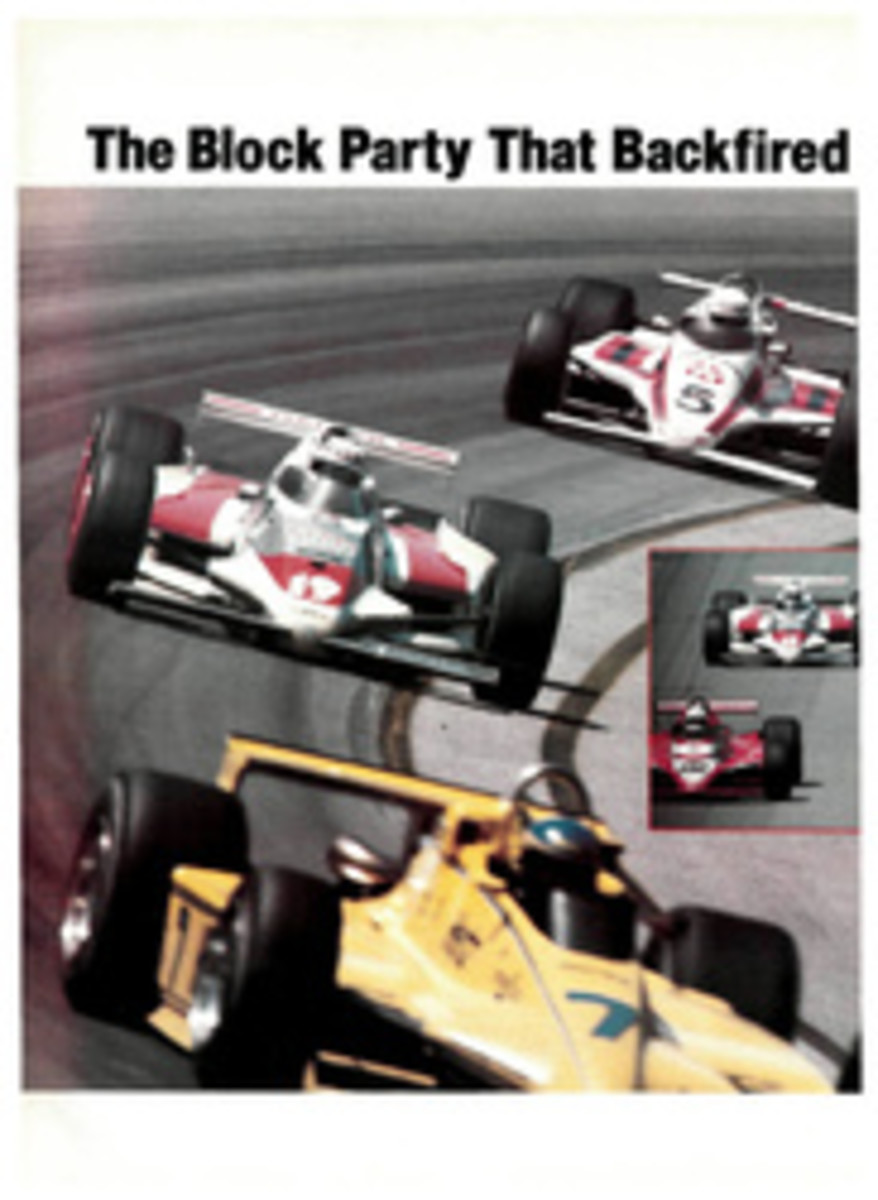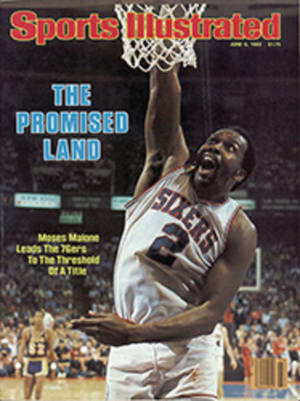
It's the Apple of his eye
Last fall, when Steve Boros inter viewed for the Oakland managerial job, he had one burning question. It had nothing to do with such mundane matters as salary or long-term contracts. No, right off Boros wanted to know, "Will I have access to a computer?"
Boros got the job and the computer and has since been busily poring over all manner of printouts. The results? Well, it's probably no coincidence that the A's have been unexpected contenders in the American League West this year. For one thing, Boros says, the machine has proved an invaluable scouting tool for a rookie manager. "Otherwise," he says, "I'd have had to go around the league at least once to get a line on players. Now I have all the information at my fingertips based on pitch-by-pitch data from the '81 and '82 seasons."
Though traditionalists may shudder at the thought, it was inevitable that such a stat-happy pursuit as baseball would plug into a data bank. And Boros, 46, a Michigan grad who plans to take classes in computer science during the off-season, is in the forefront of a new wave of enlightened technocrats who are rewiring the game. "I guess we're what you would call the computer generation," he says.
Managers Tony LaRussa of the White Sox, Dick Howser of the Royals and Frank Robinson of the Giants are other converts to the religion of mathematical probabilities as dictated by the magic machine. When Boros and LaRussa match Apple II computers at the Oakland Coliseum on June 10, both teams will have access to such sophisticated new wrinkles as pitch type/ location readouts and "hitdemo" graphics. In the system the A's and Sox use, the data are compiled play by play, pitch by pitch, by a computer operator in the press box and another tabulator, usually the pitcher scheduled to start the next day, who sits at field level where he can better chart the types of balls thrown. Then after every game this information is combined with scouting reports and fed via telephone lines into a mainframe Digital Equipment Corp. computer in Philadelphia. Before the next game, the data are retrieved and broken down, usually in matchups detailing how each pitcher and hitter has fared against the opposition this season, last season and overall.
Thus, if Oakland's Rickey Henderson is facing LaMarr Hoyt in the eighth inning with two outs and runners in scoring position, Henderson could know from Hoyt's pitching printouts not only where he prefers to throw the ball in that situation but also what kind of pitch it is likely to be. Meanwhile, by consulting Henderson's hitdemo, a color-coded diagram of the field with his previous "shot pattern" against Hoyt, LaRussa can determine both the probable direction and nature (line drive, grounder, pop-up, long fly) of any ball Henderson might hit and position his defense accordingly.
While some of the data have been available to managers in the past, Boros explains that never before have they been so detailed and accessible. "I've only got so much time to digest and utilize the material," he says, "and the computer can do it all for me in an instant."
Not every manager is a computer wizard. "I don't need that stuff," says the Yankees' Billy Martin, pointing to his head. "I've got it all up here."
Martin suffers from a familiar affliction, computerphobia, says Matt Levine, president of Pacific Select Corp, the sports management firm that developed the computer system, called Edge 1.000, used by the A's, White Sox and, soon, the Yankees. Though Martin may choose to ignore electronic data, Levine says, "Billy and other managers don't understand that the computer isn't going to replace them, that it isn't a threat but a tool to give them more reliable information on which to base their decisions."
Regardless of how encyclopedic his knowledge of the game, says Levine, neither Martin nor any other manager "can possibly match the computer for the storing and easy retrieval of all the pertinent data." Jay Alves, the A's computer statistician, has provided Boros with such insights as these: In '82 Jeff Burroughs hit .220 by day and .304 at night, and Wayne Gross was a .321 terror on artificial turf and a .239 wimp on grass.
Good hitting doesn't go unnoticed by machine—or man—especially when tracked by such masters of manual computation as Dick Williams of the Padres and Whitey Herzog of the Cardinals, both of whom spend up to three hours a day making elaborate color-coded charts of each game. Indeed, that both of these venerable stat freaks wear a World Series ring prompted LaRussa and Boros, friends since they played Triple A ball together in Vancouver in 1968, to explore the potential of computer baseball. "In time the use of the computer will be standard with all clubs," LaRussa says. "You're never going to have a computer making decisions for the manager, but the longer you use it, the more uses you have for it."
Boros agrees, noting that so far this season he hasn't always altered the A's starting lineup according to the dictates of the computer because his younger starters need the playing time to get acclimated and build their confidence. "Sometimes," he says, "good strategy is bad psychology."
And sometimes more is far too much. Having analyzed the players more thoroughly than laboratory rats, the computers are capable of cranking out endless variations on how well they perform when moved up or down in the batting order, when ahead or behind in the count, in hot weather and cold on a Sunday afternoon in Fenway Park before 33,465.
But Boros cautions, "We're not down in the dugout frantically leafing through pages of computer printouts. I'm too busy watching my pitchers for signs of fatigue or checking my base runners—all the little nuances and gut feelings that you get and no computer can pick up. However, I do study the printouts before each game."
Boros contends that the computer gives his players confidence in his decision-making talents. "They can't tell me, 'That's just your opinion,' " he says, brandishing a printout, "when I have all the numbers right here."
In answer to the inevitable question "What next?" Boros allows that it's conceivable that managers and coaches in the dugout might be linked to their computer man through "the kinds of headsets and telephone hookups they use in pro football on the sidelines."
LaRussa offers a more futuristic projection. "Yes, I can foresee the day when computers will be in the dugout—the day robots are playing the game," he says. "But as long as men are involved, a man will be making decisions."
PHOTO

